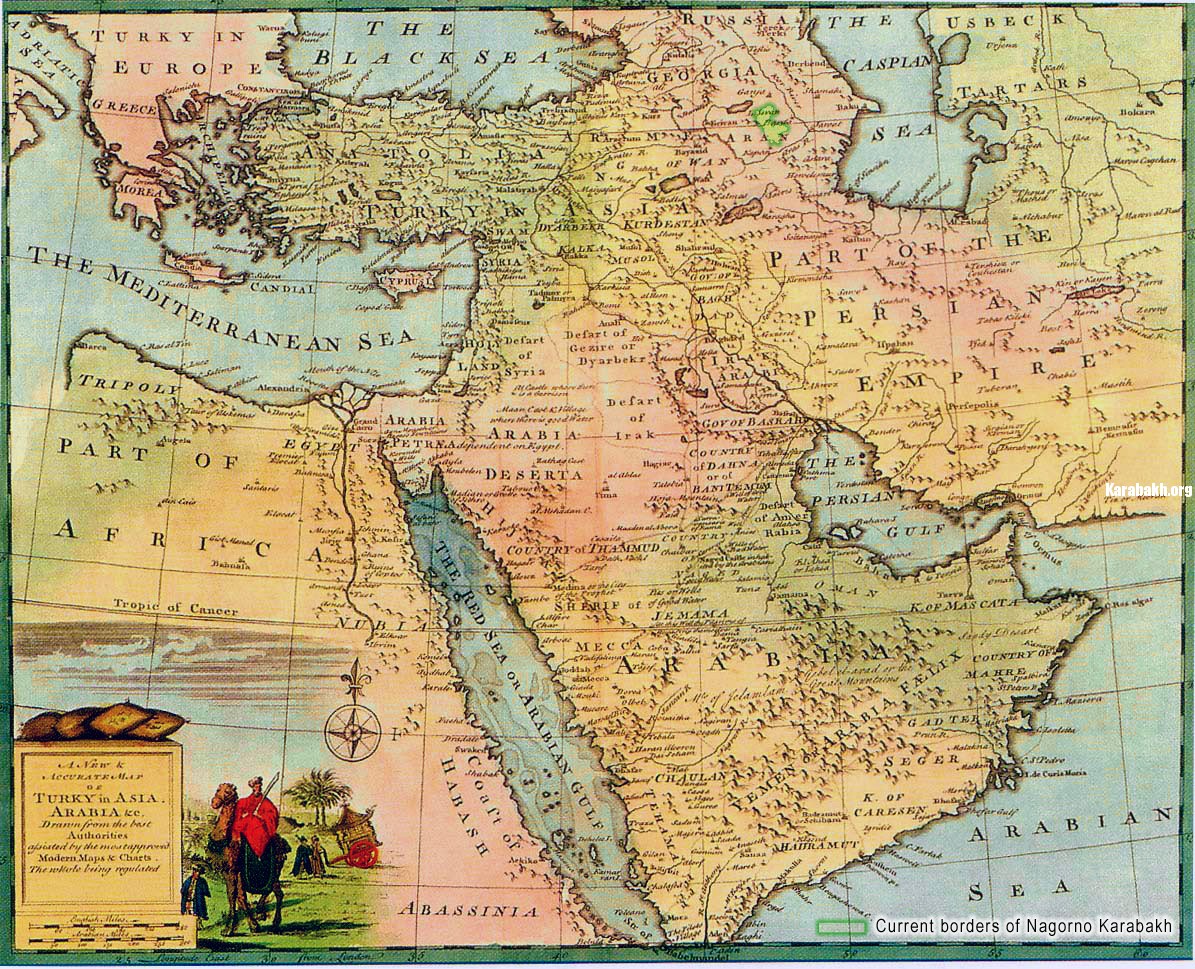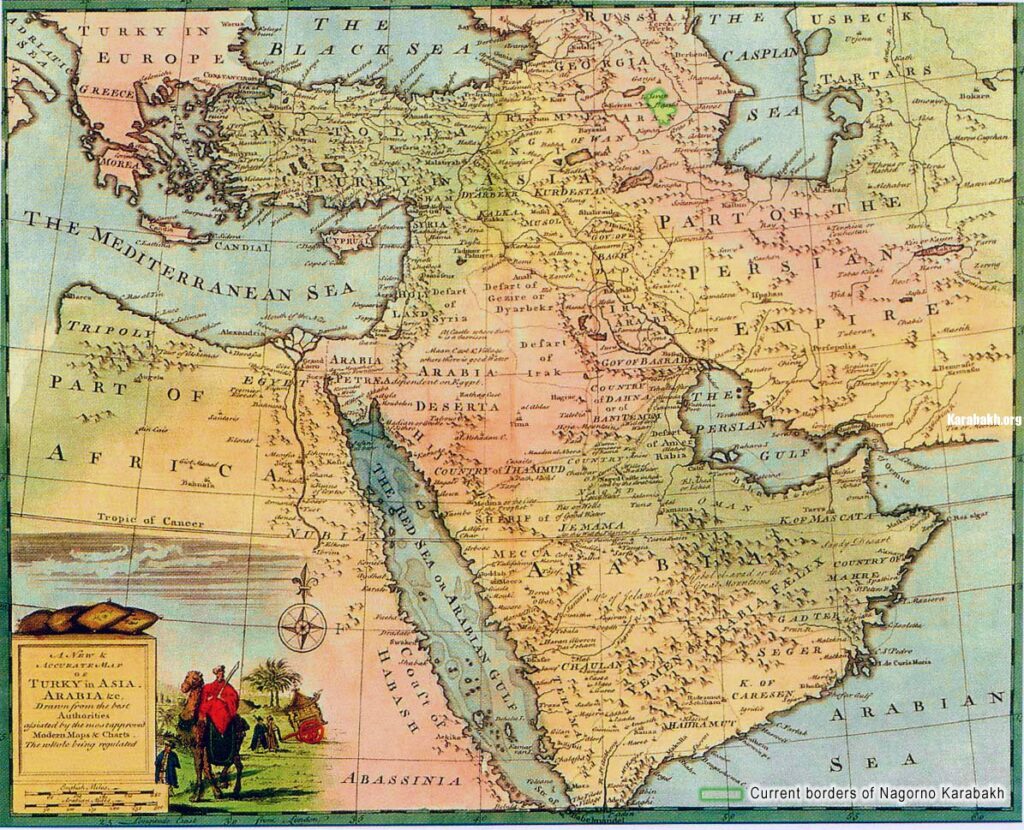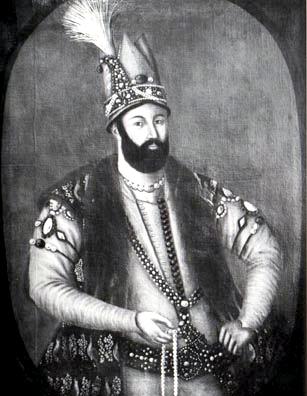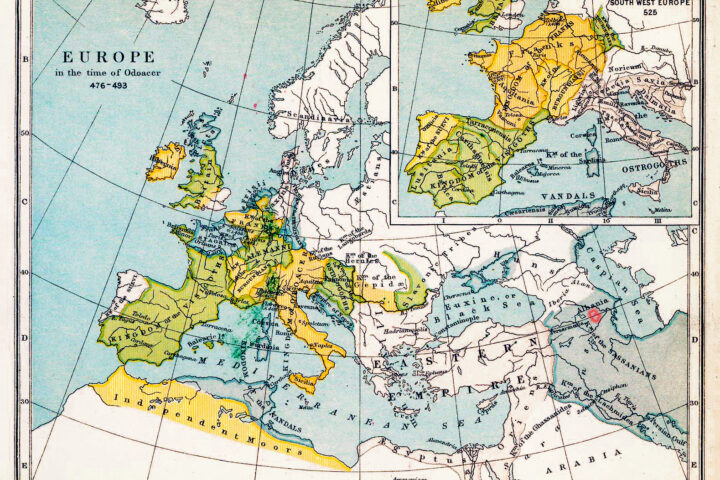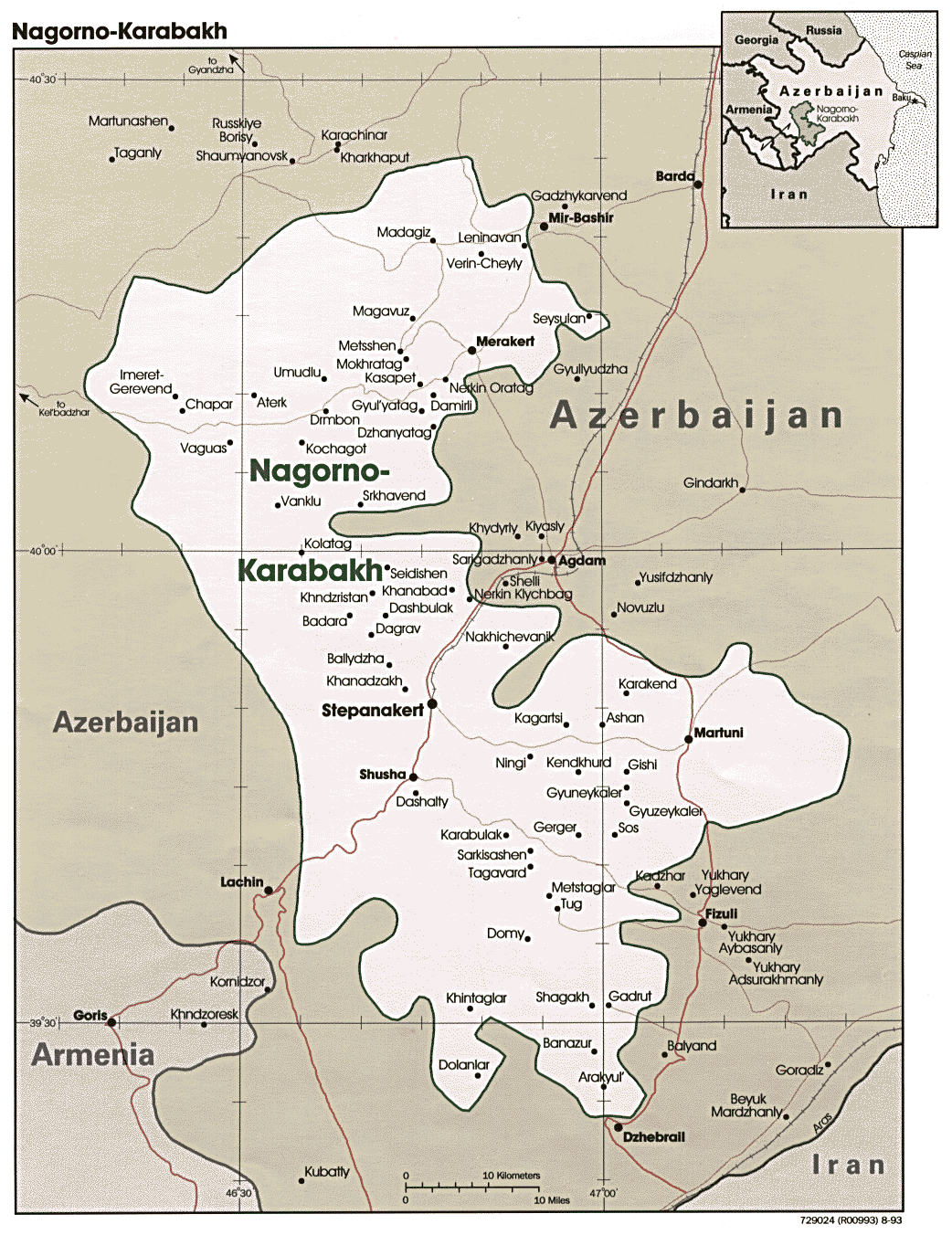At the end of XV c. the Azerbaijanian State of Ak-Koyunlu was lacerated with its internal contradictions. By 1500 it disintegrated into two parts between the grandsons of Uzun Hasan and soon afterwards a new Safavid State came into the power in Azerbaijan, replacing the Ak-Koyunlu dynasty.
Safavids were originally from Ardebil, a town in the South Azerbaijan. The founder of the dynasty is considered to be Sheikh Safi[addin], a Shiite spiritual leader, who lived in XIV c. in Ardebil. At the beginning, when the Safavid State was established, Azerbaijan was its political, economic and cultural center. The Azeri (Turk) language was the official and palace language of the country, Tabriz – a city in the Southern Azerbaijan, was its capital, the Azeri-Turks (at that time, also called sometimes the «Turkomans») comprised the major part of the political and military leadership of the State.
At the end of XVI c. during the rule of Shah Abbas I (1587-1629), as a consequence of certain reasons, particularly, due to the frequent wars with the Ottoman Empire, the center of the Safavid State moved from Azerbaijan to Iran. This led to the Safavid State losing its original Azeri character and its transformation to the Iranian Safavid State. But nevertheless, the Azeri-Turk language remained a palace language throughout the whole existence of the Safavid State (1501-1736). Thus, for example, German scientist Engelbert Kampfer, who traveled to Iran at the end of XVII c. wrote: «A Turkish dialect, which is a native language of the Safavid dynasty, is widely spread in the Iranian palace. This language differs from the usual speaking language of the country population. The Turkish language is spread in the palace and in the houses of high officials and respectable persons and as a result, it came out, that everyone, who wishes to gain the shah’s respect speaks in this language»1.
After the Safavid State was established, the territory of the state was divided into administrative units- provinces (beilarbeiliyi). The territory of Karabakh was included in the Ganje-Karabakh province with the capital in Ganje. Provinces were divided into districts (mahal). Under the latter’s name there often existed olke- the feudal possessions, which belonged to the hereditary owners. These owners were, as a rule, the heads of the local clans and, virtually, the local dynasties.
It’s not known, who was the governor (beilarbei) of Karabakh under shah Ismayil I, the founder of the Safavid State. But we can assume that during this time amirs (a feudal title) from the clan of Qajar already governed this province. Seemingly, in this period the leadership in Karabakh passed from Karamanlu to the Ziyadoglu family from the clan of Qajar. Thus, in 1552 during the battle with the Ottoman governor of Erzerum Osman Pasha, the Qajar’s chief Shahverdi Soltan Ziyadoglu is mentioned in the historical sources, as beilarbei-governor (amir-al-umara) of Karabakh. Karabakh remained a hereditary province of the Ziyadoglu family for more than 200 years, with short interruptions, till establishment of the Karabakh khanate.
1. Onullahi S.M., Hassanov A. G. «About two more unknown letters of the Safavid rulers» (Safavi hokmdarlarinin daha iki namelum mektubu haqqinda) Baku 1974 p. 85 (in Azeri);
